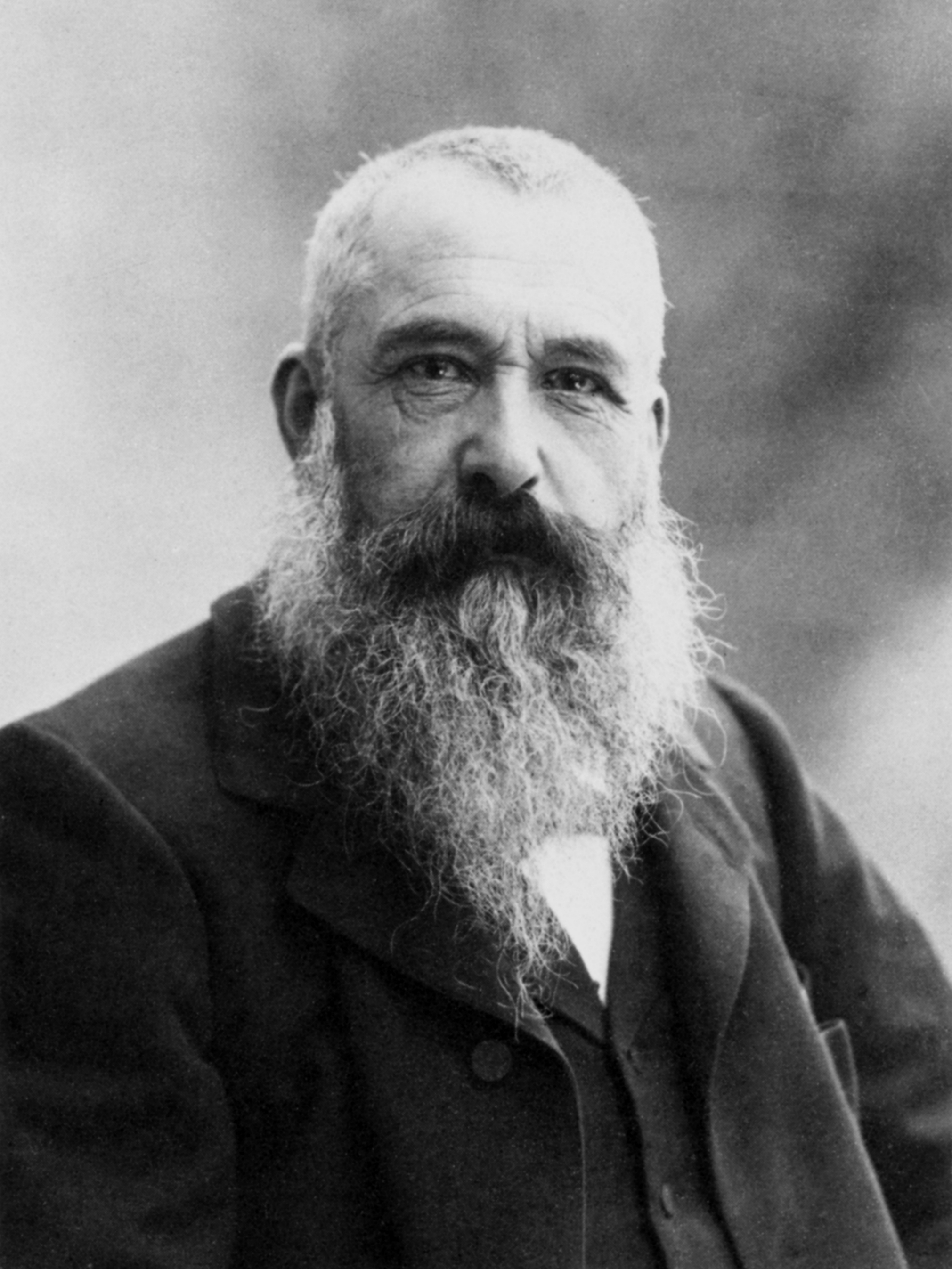Like Eugène Boudin, Claude Monet was drawn to Étretat for its dramatic natural scenery and the opportunity to study the interplay of light on the sea and the iconic chalk limestone cliffs. Familiar with the area's renowned landscapes, Monet sought to capture unique perspectives by climbing steep cliffs and exploring unusual angles of well-known landmarks.
Monet started painting this masterpiece in 1885 during a family visit to Étretat. Throughout the trip, he began to work on 51 canvases, often moving between multiple locations in a single day to capture the changing light. The scene depicted here is southwest of the beach, featuring the natural archway known as the Manne-Porte. Within the arch, the base of a tall, narrow rock formation called the Needle is visible. The dramatic cliff-top vantage point creates a slightly vertiginous view of the sea below, heightened by the absence of a defined horizon, as the overcast light blurs the boundary between water and sky.
Isn't it amazing?
P.S. Another painting of Étretat by Claude Monet is featured in our bestselling Sea, Ships & Beaches 50 Postcards Set. Check it out in the DailyArt Shop!
P.P.S. Claude Monet is one of the most famous painters in art history. How well do you know his art? Here's Claude Monet in 10 paintings!


 Claude Monet
Claude Monet